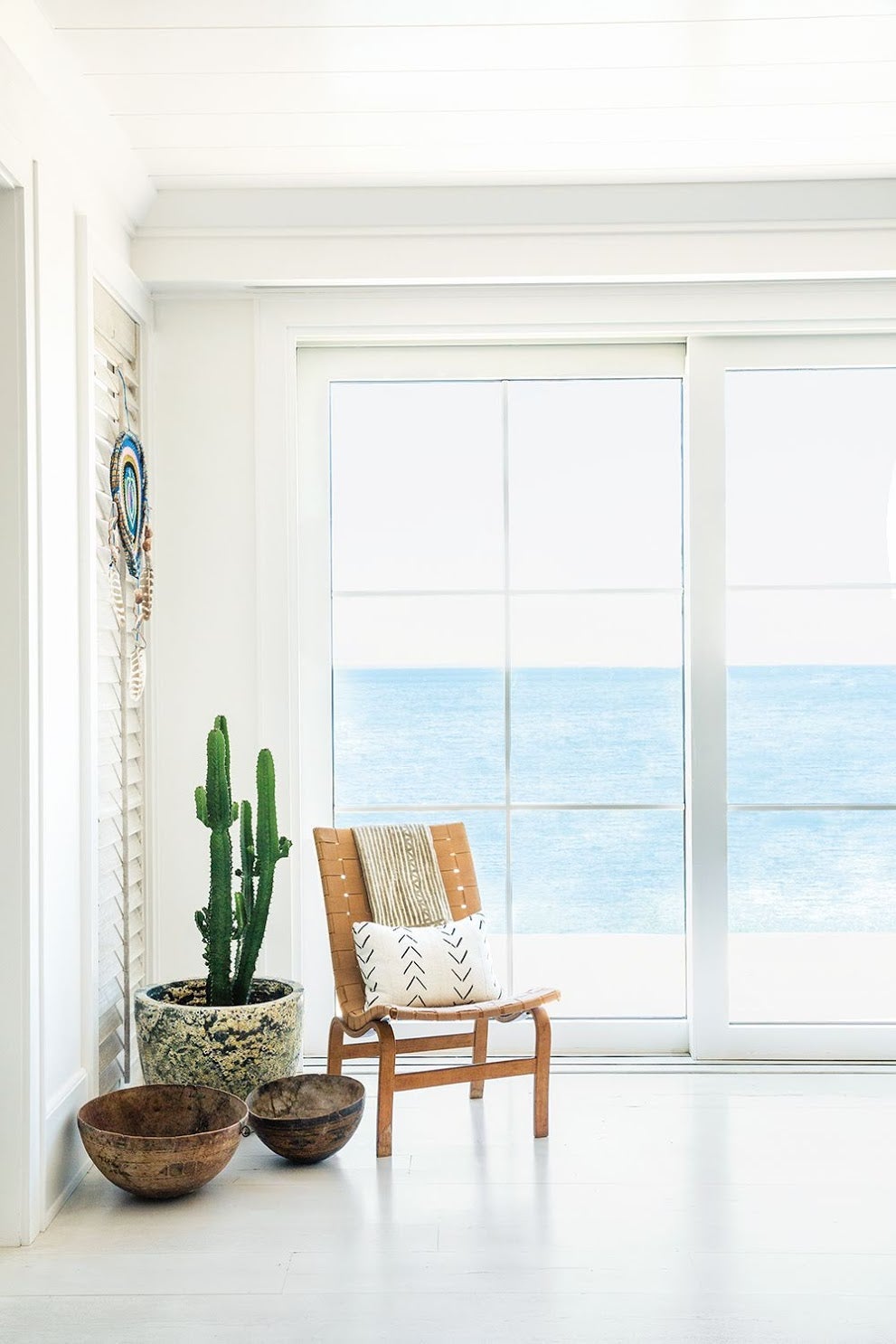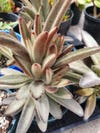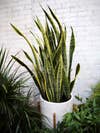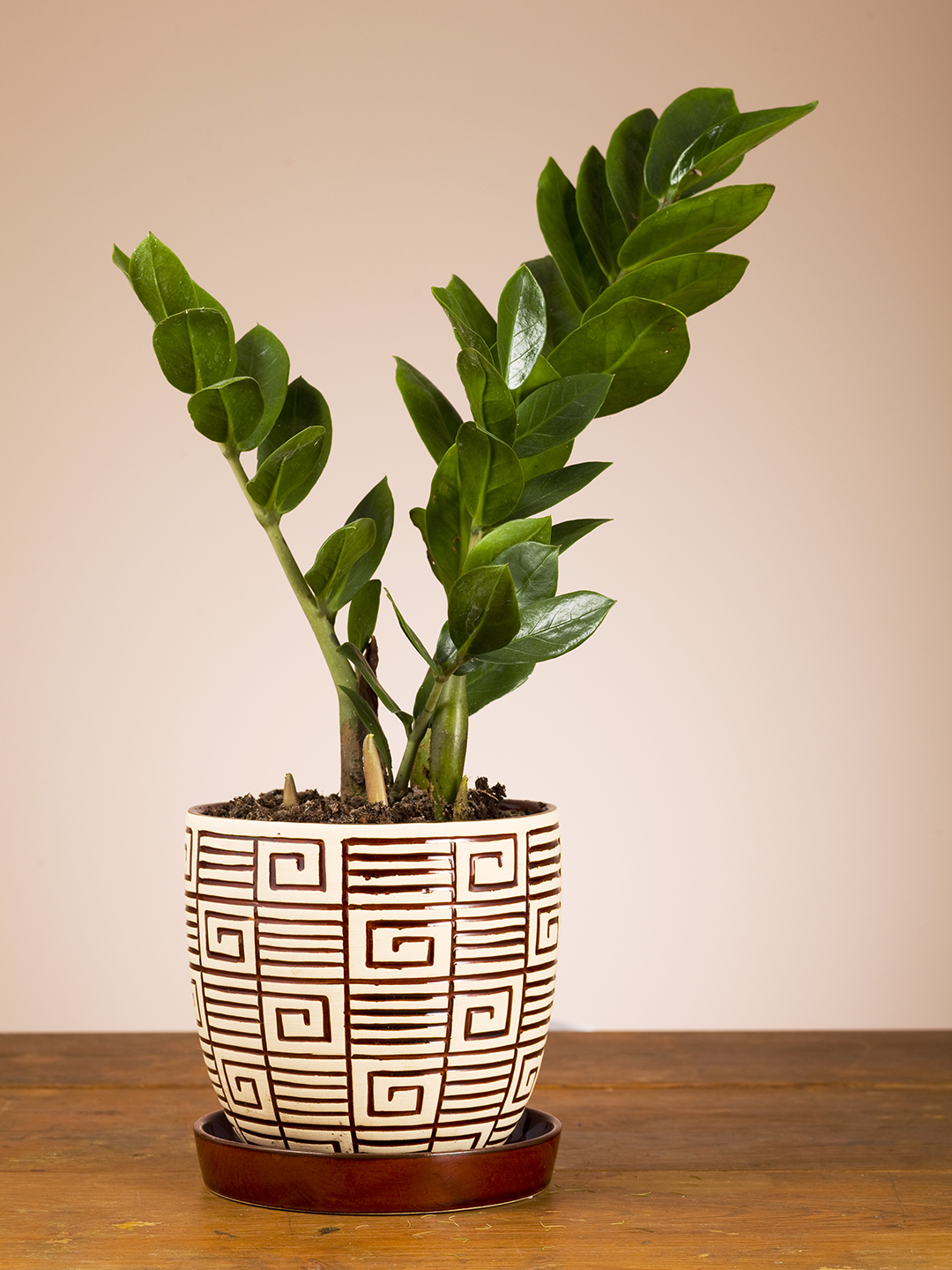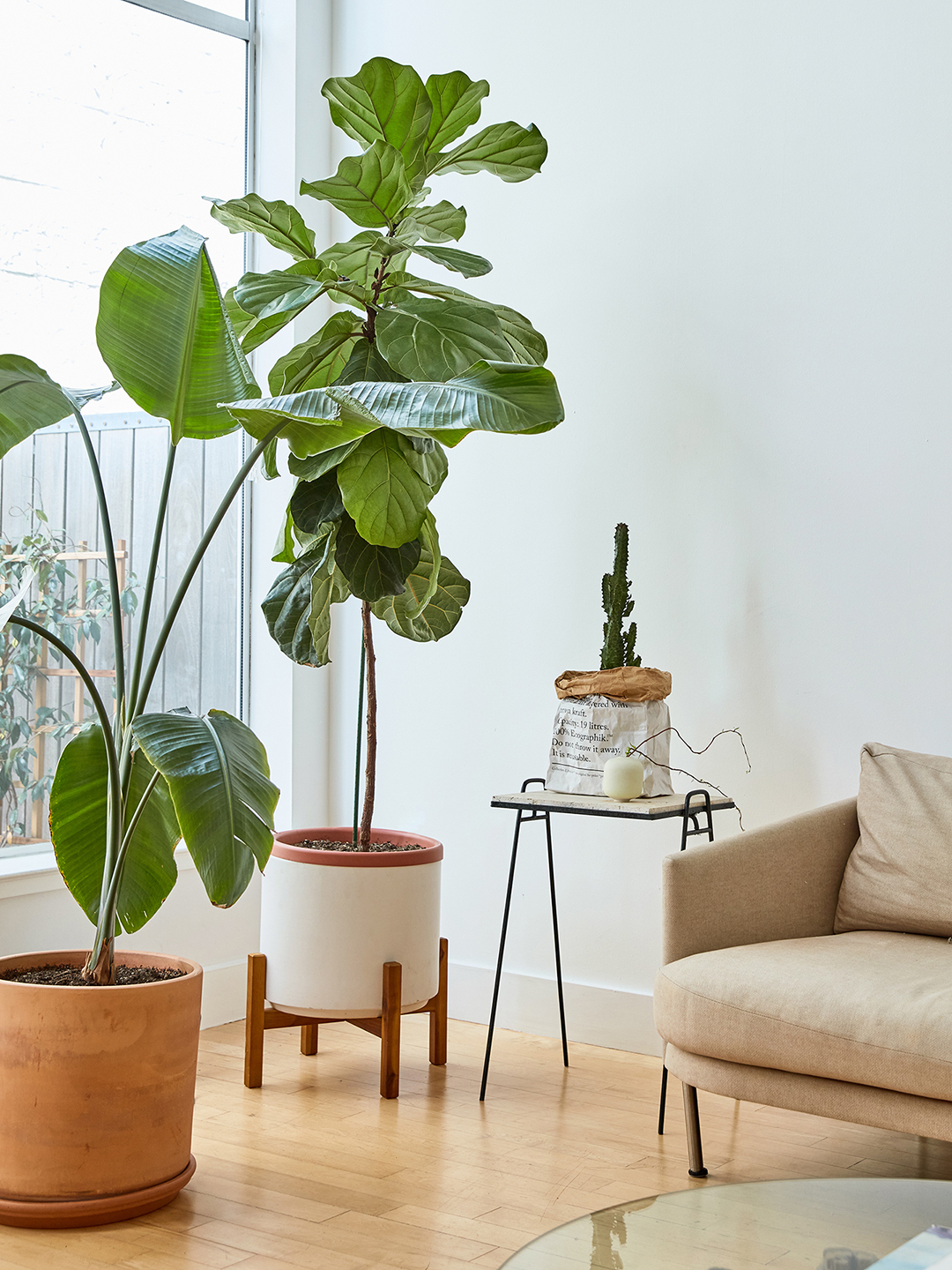How to Care for Succulents (and Other Low-Key Plants)
Never kill another plant again.
Updated Jun 20, 2019 11:48 AM
We may earn revenue from the products available on this page and participate in affiliate programs.
Involuntary plant-slaughter: We know you’ve been there, because we have, too. You bought the alleged low-maintenance plant, watered it on occasion, and made sure the little guy was getting enough sunlight, yet you still managed to unintentionally kill it. Your jade plant got spindly and dry. Your ZZ started yellowing and dropping leaves. What gives?
Plants are like people: They have basic needs, but can thrive or languish depending on the details—things like the environment, pot size, and placement. To make sure your next plant purchase doesn’t become another waste of money, we’ve put together some guidelines on how to care for succulents and other house plants, so you don’t have to live with the guilt of killing yet another potted plant.
Jade
Did you know jade plants are considered good luck? Harbor that good fortune by keeping it thriving. They need full sun, so be sure to place it in a south-facing window for maximum exposure. Without enough sunlight, jade becomes leggy and stunted.
Like aloe and other succulents, jades do not want to be overwatered, as it can cause root rot. Allow the plant to dry out between waterings, but if you notice brown spots on the leaves, that means you need to water more frequently. Improper watering is the most common cause of an unhappy jade.
Aloe Vera
“Aloe vera is super easy to grow if given the proper conditions,” says plant scientist Christopher Satch of The Sill. Native to Egypt, North Africa, and the Arabian Peninsula, aloe vera like it sunny and dry. Keep your aloe vera in a spot where it receives bright, direct to indirect light, and water it only when the soil is completely dry. “Aloes are drought-tolerant—they can survive dry spells for weeks, even months,” says Satch.
The worst thing you can do to an aloe plant is overwater it; the leaves will turn soggy and gel-like if the plant gets too much water. Allow the soil to dry out two to three inches deep between waterings. It can survive under-watering just fine. With proper care, an aloe vera plant can produce “offsets,” or baby aloe plants, which you can remove and re-pot (they make great gifts). And remember, the juice within its leaves is an old-school medicinal remedy for minor cuts and burns.
Christmas Cacti
The Christmas cactus is named so because its hallmark red flowers bloom in—you guessed it—the holiday season. A lot of guides to caring for this plant say it performs well in “average home conditions with moderate care,” which is extremely unhelpful—what are you actually supposed to do?
While it can adapt to low-light conditions, it thrives in bright but indirect light. You should water it thoroughly when you find the top inch of soil has dried out. Keep the soil slightly moist during the spring and summer growing season, but if you’d like it to bloom around Christmastime, it’s crucial to keep a Christmas cactus out of direct sunlight with minimal water and in cooler temperatures during the early fall.
Panda Plant
The panda plant is an attractive member of the succulent family. They, too, are an ideal houseplant for those on the go, as they require minimal care. Panda plants do well in both direct and indirect light, so they make the perfect accessory for a console or chest near, but not in front of, a window. Water them only when the soil has totally dried out, and make sure the pot has drained completely so the roots don’t rot.
Mixed Succulents
Sadly, the first tip for succulent newbies is to steer clear of the pretty purple, orange, and red varieties. Those grow best outdoors, so stick with the succulents in shades of green if yours are indoors. They’re are obsessed with warmth and sunlight—seriously, sunlight is key to succulent survival—so keep them in your sunniest window. If you’ve planted several in one pot, make sure they have enough space between them. Overcrowding your succulents doesn’t let them breathe and minimizes the amount of sunlight each one reaches.
And finally, it’s a common misconception that succulents don’t require much water. Actually, succulents need to be watered enough for the leaves to soak in as much moisture as possible. A good rule of (green) thumb: Water your potted succulents whenever the soil has completely dried out. If you live in a dry climate, you’ll have to water them more often than if you live in, say, the tropical rainforest.
Snake Plants
The snake plant, which is actually a succulent, is simple to care for and comes in a variety of sizes. Hello, perfect plant for a small space (orget a big one and fill that empty corner). Keep a potted snake plant in a windowsill, as it does best with lots of sunlight, but they are very adaptable to low-light conditions, like a windowless bathroom or the middle of an open-plan office. If that’s the case, water every two to three weeks and move it into the light every once in awhile—the leaves can become spindly if it doesn’t get enough light.
Snake plants can go weeks without any attention and be just fine, but be careful of overwatering. The leaves will start to droop if the plant gets too much water, and it can be susceptible to rot.
ZZ Plant
The architectural ZZ plant is practically un-killable. “It can take very low light, and it doesn’t require a lot of water,”explains Sam Ferris, Operations Manager at Terrain in Westport. “Water it every week and a half to two weeks, treating it more like a succulent.” That said, it does need sunlight, so don’t stick this one in a windowless room. The plant can be ignored for a couple of weeks, but if you’re traveling for a month, make sure you enlist a friend to care for it. Overwatering can lead to root rot—if the leaves are starting to yellow, this is a sign that you’ve been over-generous with the water.
Orchids
If you’re anything like us, you’ve killed your fair share of “Congratulations on the promotion!” orchids. Orchids are a tropical plant, so they like a humid environment. That dry office air could be the culprit if they don’t seem to last more than a week—but, with proper watering, you can have a healthy flowering plant.
The trick is to give it just the right amount of sunlight and to avoid overwatering. Different varieties have different sunlight needs, but in general, orchids should be placed near an east- or south-facing window, as a west-facing window can be too hot and a north-facing window will be too dim.
Orchids need to be watered only when the soil has dried out. Burrow your finger in the soil, and if it’s not moist at all, it’s time to water. Flood the pot in the sink and let it sit to drain while you have your morning coffee. In most cases, orchids must be watered weekly. And forget everything you’ve heard about watering orchids with ice cubes—don’t do it.
Vriesea Plants
The vriesea plant grows best in bright but indirect or filtered sunlight. Too much exposure causes the leaves to scorch, while not enough causes them to droop and turn a deep green color. The plant only blooms once in its lifetime, producing a bright red tropical flower. If cared for the correct way, a vriesea plant can produce a “pup,” or new sprout of the plant, which will need to be re-potted.
Fiddle Leaf Figs
Okay, the fiddle leaf fig is not exactly low key, or related to succulents, but it is one of the most commonly killed house plants. The chic fiddle leaf can be easy to maintain, as long as you recognize the symptoms of too much or not enough water. They can be pretty picky about their conditions, so pay close attention to your tree.
Allow the plant to dry out between waterings, but notice if the bottom leaves begin to brown and drop off. That will happen either when the plant is drowning or parched for water—feel the soil to solve the problem. “Fiddle leaf figs require bright light, but not direct sun,” says Erin Marino of The Sill. This means as close as possible (no more than a foot away) from a large, bright window of any exposure. “Southern exposure is usually the best, while northern exposure is generally the worst,” she says. Rotating the plant occasionally if the leaves begin to grow toward the light.
Get more plant advice: 11 Big, Leafy Plants That’ll Bring Your Empty Corner to Life The One Houseplant You Won’t Kill Buy These 7 Houseplants Before Everyone Else Does
